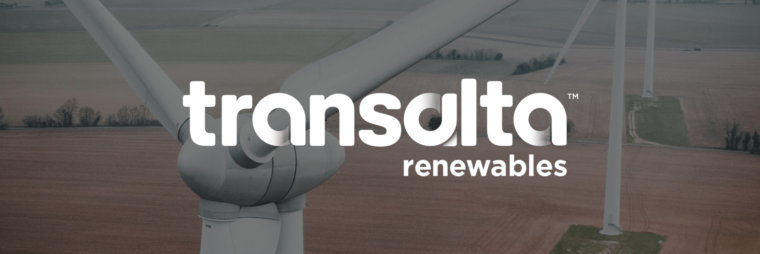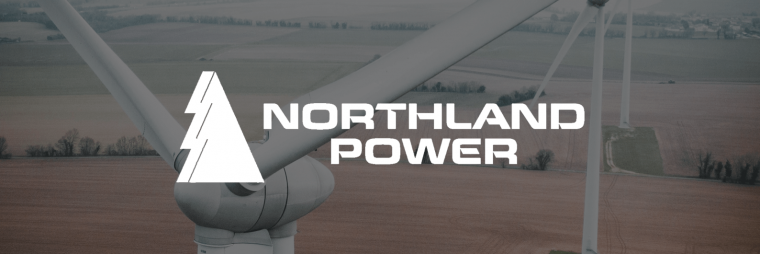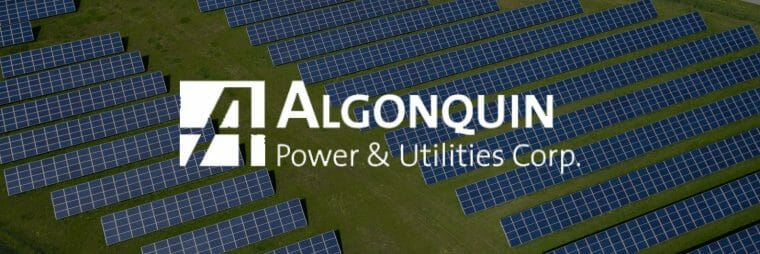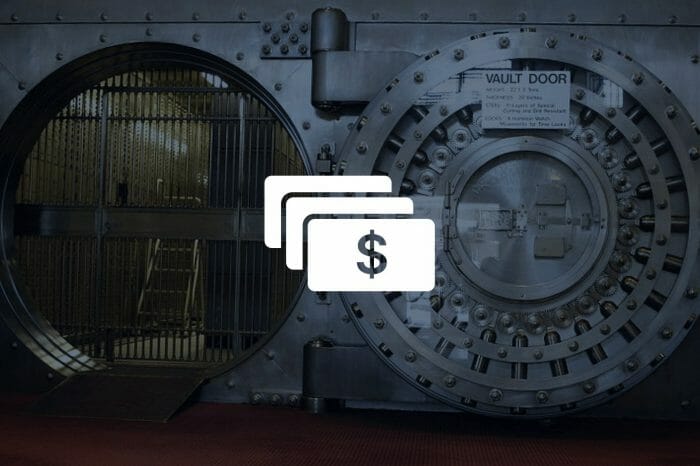Budget winners

Budget Winners:
Last week, the Liberals unveiled their annual budget. Included was a response to Washington’s Inflation Reduction Act which offered tax breaks and other incentives to encourage more renewable energy and decarbonize heavy industry in the U.S. All told, Ottawa will spend $83 billion through 2034-5 fiscal to encourage renewable energy in Canada.
Breaking this down includes a 30% tax write-off for companies that invest in clean energy technology, such as making EV’s. A second tax credit would cover the costs of investment in renewable energy and storage. A third credit would cover 15-40% for hydrogen production. Meanwhile, the Canada Infrastructure Bank will invest $20 billion to support major clean electricity and “clean growth” infrastructure projects in coming years.
Obviously, the big winners of the budget are renewable energy companies and Canada boasts several successful ones. But are they all winners? Here are some to consider (and avoid):

Note to avoid confusion: TransAlta is the parent company of Transalta Renewables (RNW-T) . Over the past three months, RNW has climbed over 10%. Great, right? RNW’s annual earnings sank 47.1% while the sector jumped 67.7%. (The comparison is less harsh over five years with RNW declining 4% while its peers climbed 6.4%. Still lagging.) Last December 15, RNW announced its full-year forecast with its forecast 2023 adjusted EBITDA of $495 million to $525 million slightly higher than its 2022.
However its cash-available-for-distribution outlook was down 9.5%. Shares immediately plunged 15% from $14.35, and have more or less hovered around $12 this year. Sure, RNW pays a 7.88% dividend, but at a nosebleed 335.7% payout ratio. Maybe a nimble trader can jump in and out of this and gain a few dollars, but all others should avoid.

Rising interest rates have not been friendly to any renewable energy stocks like NPI , but this company’s fundamentals remain sound. NPI trades at only 9.65x PE, a beta of 0.39, pays a 3.59% dividend at only a 34.68% payout ratio, and boasts a quarterly earnings growth of 168.4% year-over-year. NPI has handily beaten its last four quarters. It boasts wind, solar and hydro projects across the world, with a strong presence in Europe especially, where the company is adding 2GW of capacity in the next two years, and Asia. In late-February, NPI announced strong full-year results of revenue up 17% from full-year 2021, net income soaring 357%, and their profit margin climbing 8.5%. EPS beat the street by 28%.
One caveat is that Northland projects annual growth of 1.1% compared to the sector’s 3.6%, not helped by a 1.48 debt-to-equity ratio as the company continues to invest and grow. Ottawa’s new renewable incentives will help the company’s balance sheet overall. Most recently, NPI partnered in Canada’s largest battery storage project, with the Canada Infrastructure Bank, Tesla and Aecon among others. Slow and steady wins the race. NPI is one for the long haul.

Algonquin Power & Utilities Corp (AQN-T)
I just wrote about this, so I won’t add much here. It rallied from $10.99 to as high as $11.63 in the two days after the budget—more than its peers mentioned here—and so begs comment. Why did it pop? Why, when Algonquin‘s fundamentals haven’t change in the week since I gave it a weak buy? I suppose its perception as a comeback story has ignited the market. The share price has plunged by nearly half (peaking at $20.18) in the past 52 weeks due to a sudden spike in interest payments triggered by surging rates.
Perhaps all those shareholders need to recover their losses, since AQN-T averages 4.5 shares a day compared to its peers. (Brookfield Renewable’s average daily volume is 218,372.) As a shareholder, I am holding on and still advise buying on dips for the long haul as you collect that divvy. AQN has righted its debt-laden ship, but it takes time to turn around a massive vessel in open waters.






